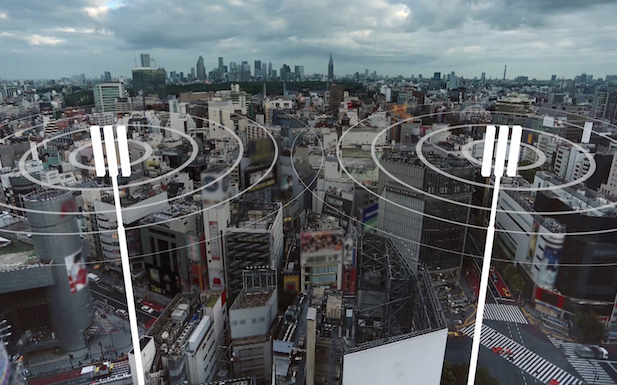Huawei and China Unicom have achieved a peak network rate of 697.3Mbps in a test of the industry’s first FDD-based Massive MIMO technology.
The speed, a 4.8-fold increase on traditional FDD LTE, was achieved by the two companies using the existing two-antenna receiving terminal.
In the test, which was conducted in the 20GHz band, the average mobile phone data rate hit 87MBps, enough for smooth transmission of 4K high-definition video.
It used Huawei’s own AAU solution, which the vendor said brings together radio frequency and antenna elements to increase the reliability of the connectivity.
The demonstration also used 3D beamforming to improve network covergae and reduce the levels of interference from other types of connectivity.
Cao Ming, President of Huawei’s FDD Product Line said, “Our goal is to bring considerable commercial value to operators through innovative technology.”
Massive MIMO allows operators to deal with the increasing traffic on mobile networks by increasing the efficiency of existing network resources.
Huawei has been conducting extensive research into the topic as part of its 4.5G strategy, which aims to get more out of existing LTE networks before the industry moves to 5G.
In October, Vodafone and Huawei completed the first European trial of Massive-MIMO technology on a 2.6GHz TDD network in the UK.
Other operators investigating the technology include Telefónica, which launched a trial in October at its headquarters in Madrid with ZTE.
The trials, which used existing LTE handsets, saw network capacity and cell edge data rates improved by up to six times when compared to traditional LTE macro base stations.



